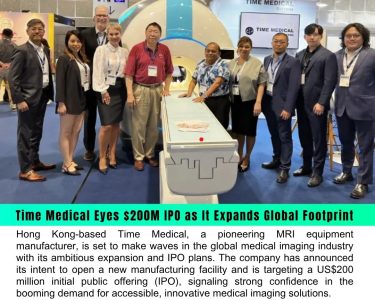Terraform Labs, a prominent player in the blockchain and cryptocurrency space, has recently made headlines with its decision to file for Chapter 11 bankruptcy. This move comes as a surprise to many, given Terraform Labs’ position as a key innovator in decentralized finance (DeFi) and its success in developing projects like the Terra blockchain and the stablecoin TerraUSD. However, the decision to file for bankruptcy protection reflects the complex challenges facing the company and the broader crypto industry.
At its core, Chapter 11 bankruptcy is a legal process that allows businesses to reorganize their debts and operations while continuing to operate. For Terraform Labs, this filing signals a strategic effort to address financial difficulties and chart a path toward sustainability. Despite the company’s previous successes and contributions to the DeFi ecosystem, it has likely encountered hurdles such as regulatory uncertainties, market volatility, and operational expenses.
One of the primary objectives of Chapter 11 bankruptcy is to provide a framework for debt restructuring. Terraform Labs may use this opportunity to negotiate with creditors, restructure its debt obligations, and develop a feasible repayment plan. By doing so, the company aims to alleviate financial pressures and regain financial stability. Additionally, Chapter 11 allows Terraform Labs to continue its operations uninterrupted, preserving its projects and partnerships within the crypto community.
Furthermore, filing for Chapter 11 bankruptcy offers Terraform Labs protection from creditors’ legal actions and provides a structured environment for financial rehabilitation. This process enables the company to assess its assets, liabilities, and overall business model critically. Through careful evaluation and strategic planning, Terraform Labs can identify inefficiencies, streamline operations, and enhance its long-term viability.
However, it’s essential to recognize that Chapter 11 bankruptcy does not guarantee success. The process is complex and often lengthy, involving court oversight, creditor negotiations, and operational restructuring. Moreover, Terraform Labs must navigate these challenges amidst the evolving landscape of blockchain technology and cryptocurrency markets. Factors such as regulatory changes, technological advancements, and competitive pressures may influence the company’s restructuring efforts and future prospects.
Despite the uncertainties surrounding Terraform Labs’ bankruptcy filing, it’s important to note that the company’s core innovations, including the Terra blockchain and TerraUSD stablecoin, remain valuable assets. These projects have demonstrated utility and resilience within the DeFi ecosystem, contributing to financial inclusion, decentralized finance, and digital asset adoption. As Terraform Labs progresses through the Chapter 11 process, preserving and leveraging these assets will be crucial to its recovery and continued impact.
In conclusion, Terraform Labs’ decision to file for Chapter 11 bankruptcy reflects the complex realities and challenges facing businesses in the blockchain and cryptocurrency space. While the process presents opportunities for debt restructuring and operational improvement, it also entails significant uncertainties and risks. As Terraform Labs embarks on this journey, its ability to navigate the intricacies of Chapter 11, adapt to market dynamics, and leverage its core innovations will ultimately shape its future trajectory within the crypto industry.





